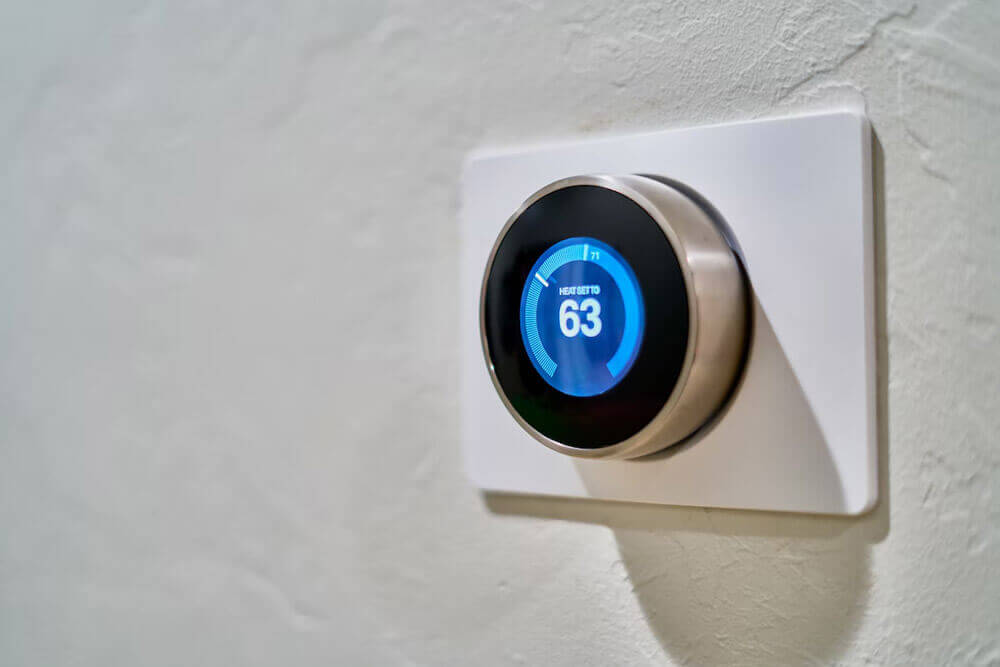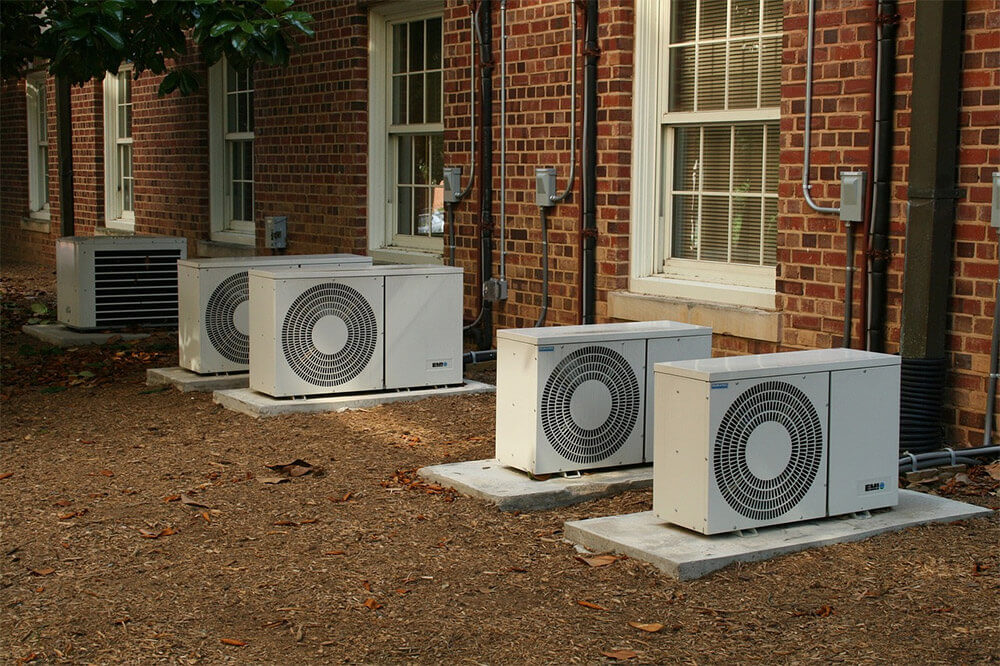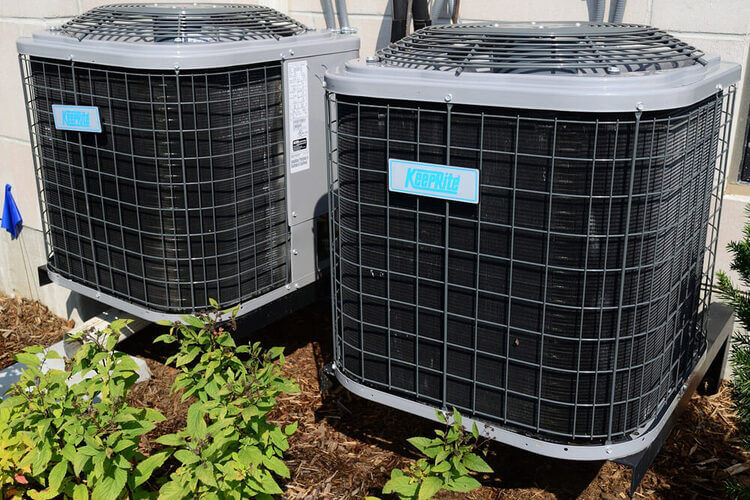Creating a cool and comfortable home comes down to the numbers: learn how to use your system efficiently.
Utility prices are on the rise, and many of us are feeling this change in our monthly bills. With the rising rates, more people are looking for ways to use their thermostats while minimizing the use of resources. One great way to approach this is to use energy-efficient thermostat settings effectively to maximize efficiency.
In this article, we will explore the best settings for smart thermostat use!
Optimal Energy Efficiency: Choosing the Right Temperature
Energy efficiency can have a huge impact on your bills, and every system is designed to work in specific ways. To make the most of your heating and cooling system, keep these considerations in mind. With the right approach, you can make the most of your system and cut down on costs!
How Does Temperature Influence Energy Efficiency?
When it comes to heating and cooling, temperature is the primary focus. We use these systems to heat and cool our homes, but how we feel is not the only important factor to consider. The temperature you maintain in your home can determine how hard your system works and how much running that system costs you.
Factors That Influence Temperature and Energy Efficiency
It would be nice if there were one single temperature to keep your home at all year long, but several internal and external factors can influence the effectiveness of your system. These are some of the factors that can impact your energy efficiency:
- The season or outdoor temperature
- The type of system you use
- The insulation of your home
Energy-Saving Temperature Settings for Your Home
The best way to optimize your system’s efficiency is to know how to use it year-round. This generally means maintaining recommended thermostat settings that change depending on the season. In summer, it is best to maintain a higher temperature in the high seventies, with the most efficient AC temperature typically being around 78°F when you’re home. In winter, it is best to keep a cooler temperature in the high sixties.
As a general rule, it helps to adapt your temperatures seasonally and depending on who is home. When you aren’t home, it is best to let your home be warmer in summer and cooler in winter. Only using the system when you are home can have a huge and positive impact. Setting a schedule or using a smart system can make this very easy!
Tips For AC and Heater Temperatures
Here are some practical strategies for an energy-saving temperature:
- Set your thermostat 2-5 degrees higher in summer when away from home
- Lower your thermostat 2-5 degrees in winter when sleeping or away
- Use ceiling fans to circulate air, allowing you to feel comfortable at higher temperatures
- Consider a programmable or smart thermostat for automatic adjustments
- Maintain your HVAC system with regular tune-ups for optimal performance
The Takeaway
The temperature you keep your home at can determine how hard these systems have to work. Maintaining some kind of balance with the temperature outside and avoiding overuse will put less strain on your system. Of course, choosing an energy-efficient system can also help. To learn more about how to get the most out of your Denver air conditioning and heating, contact us today!





